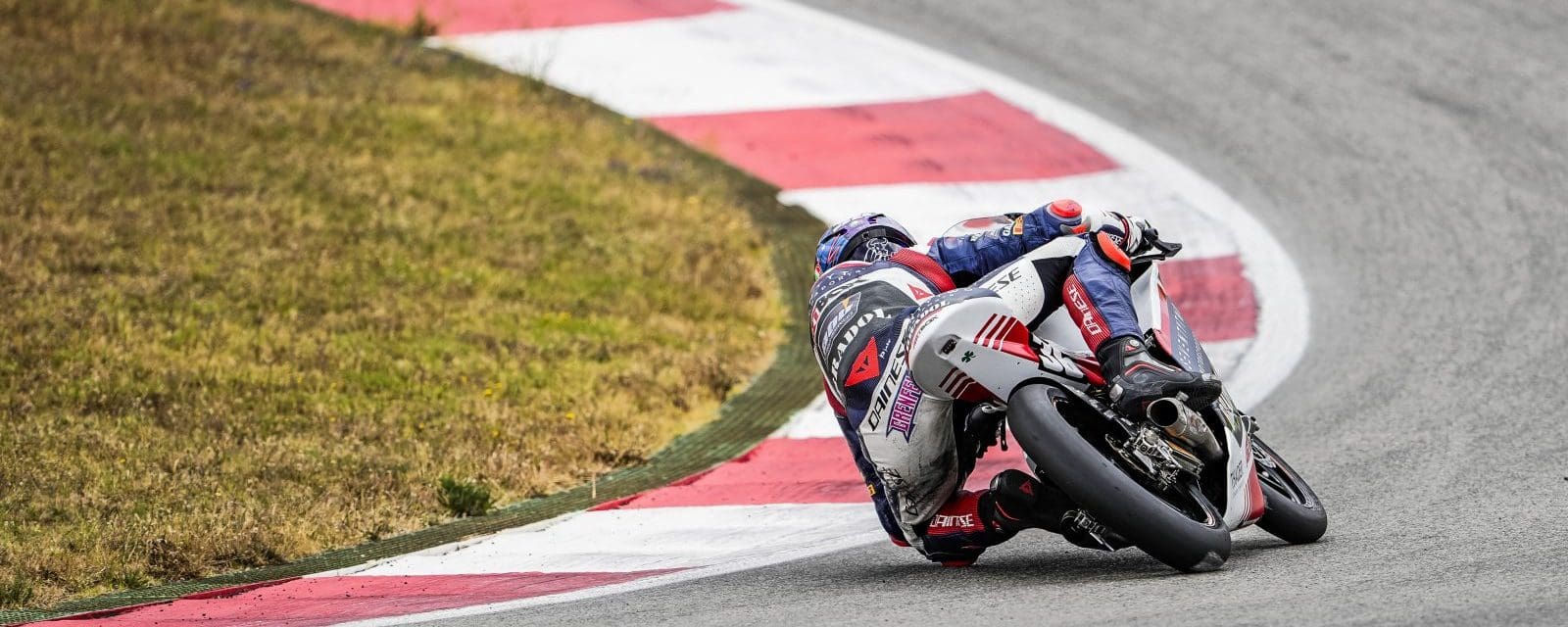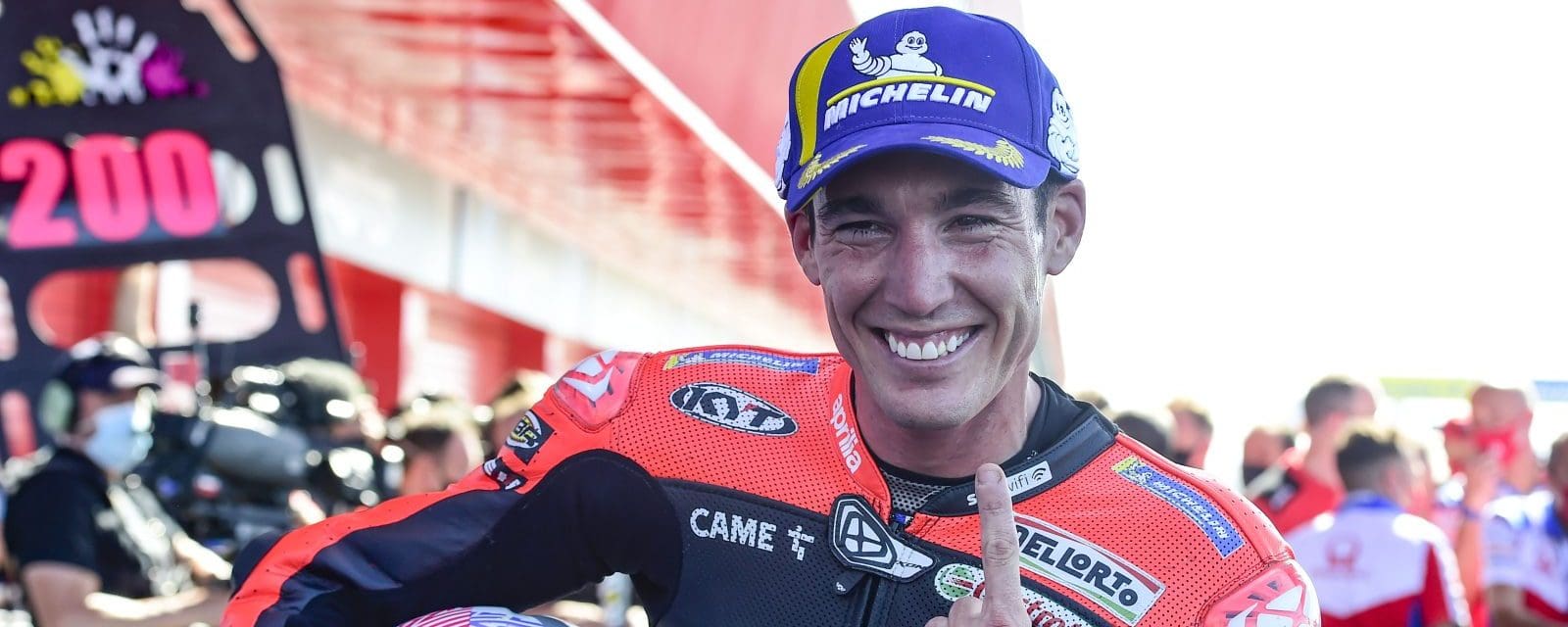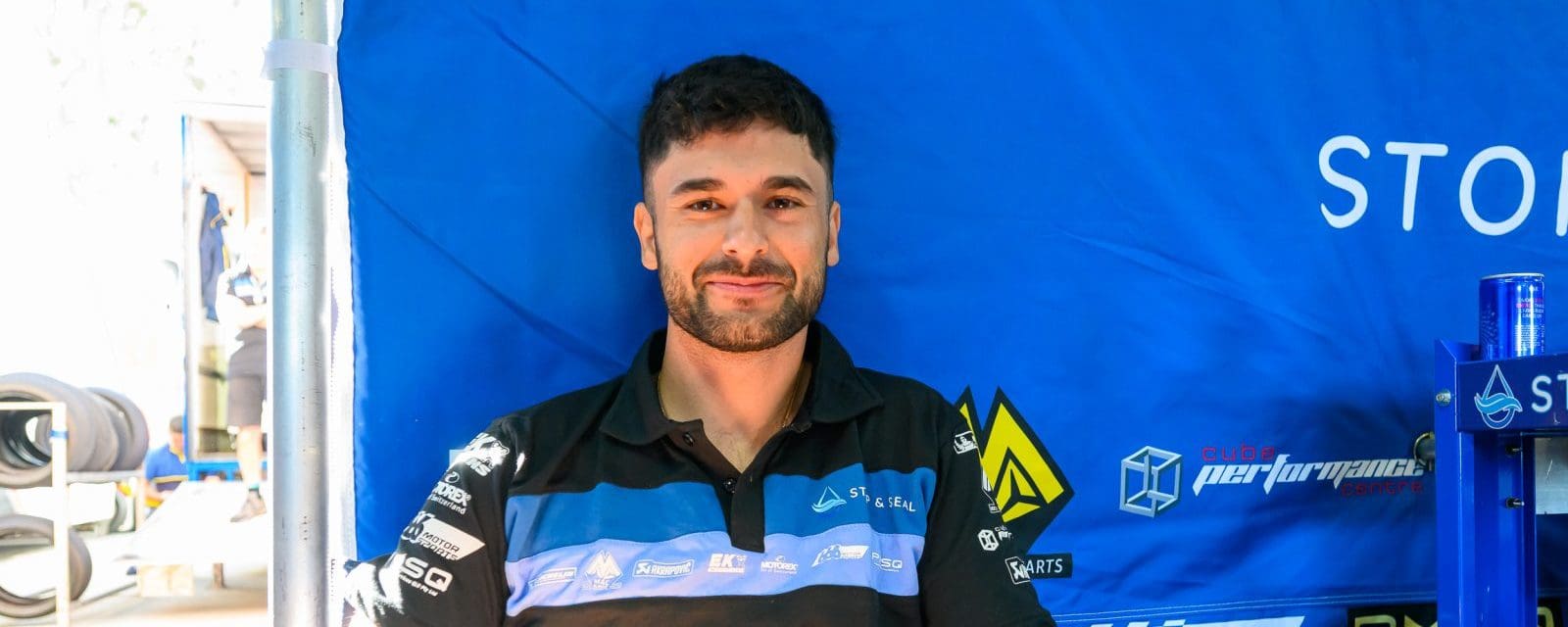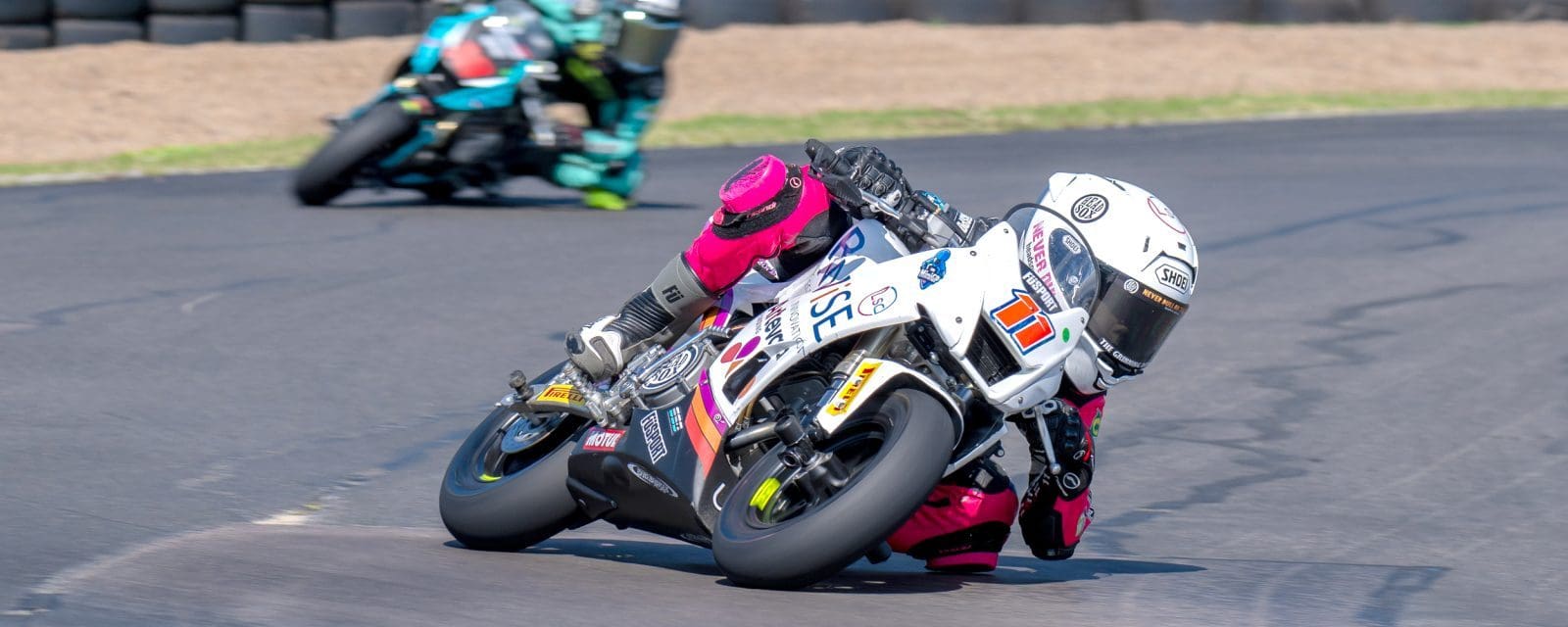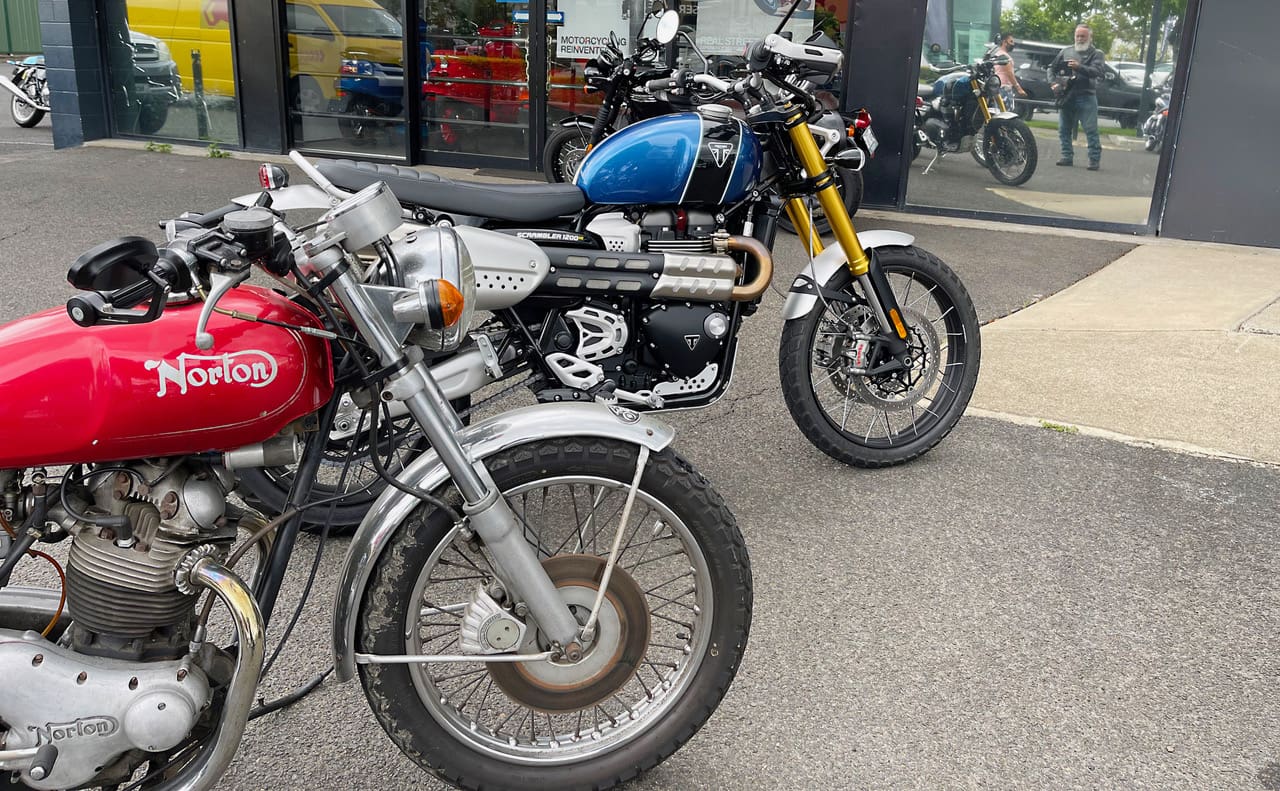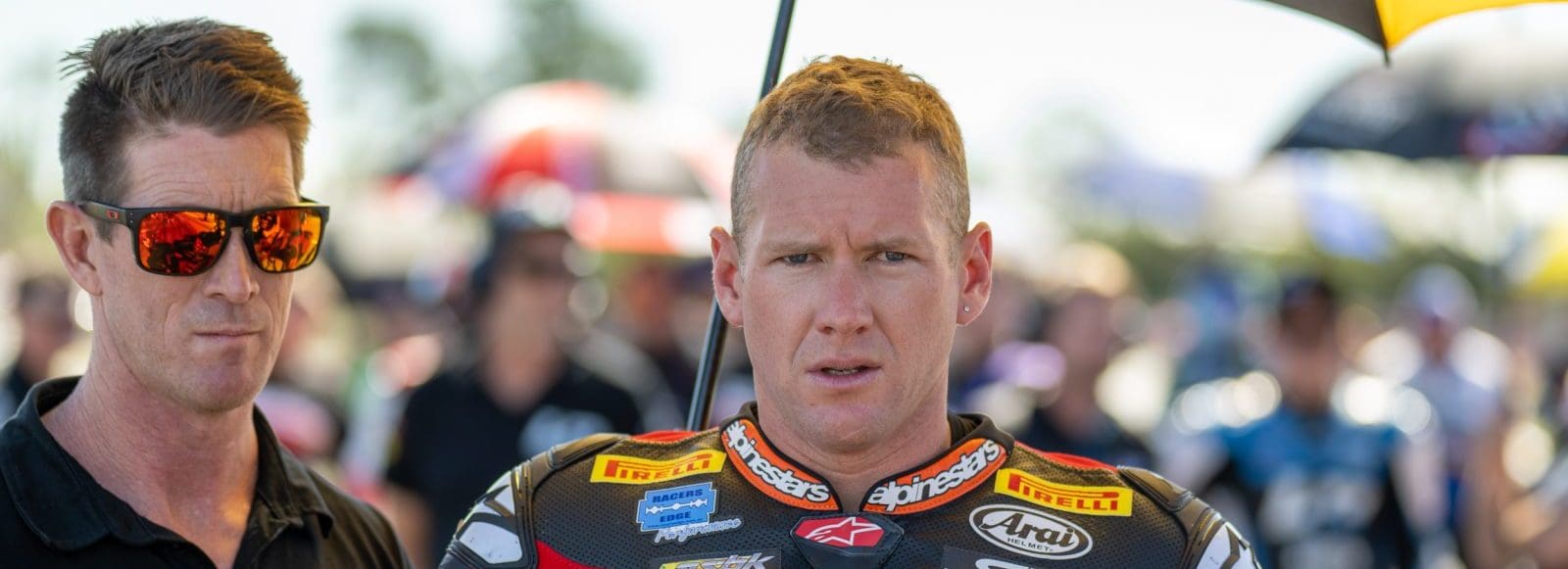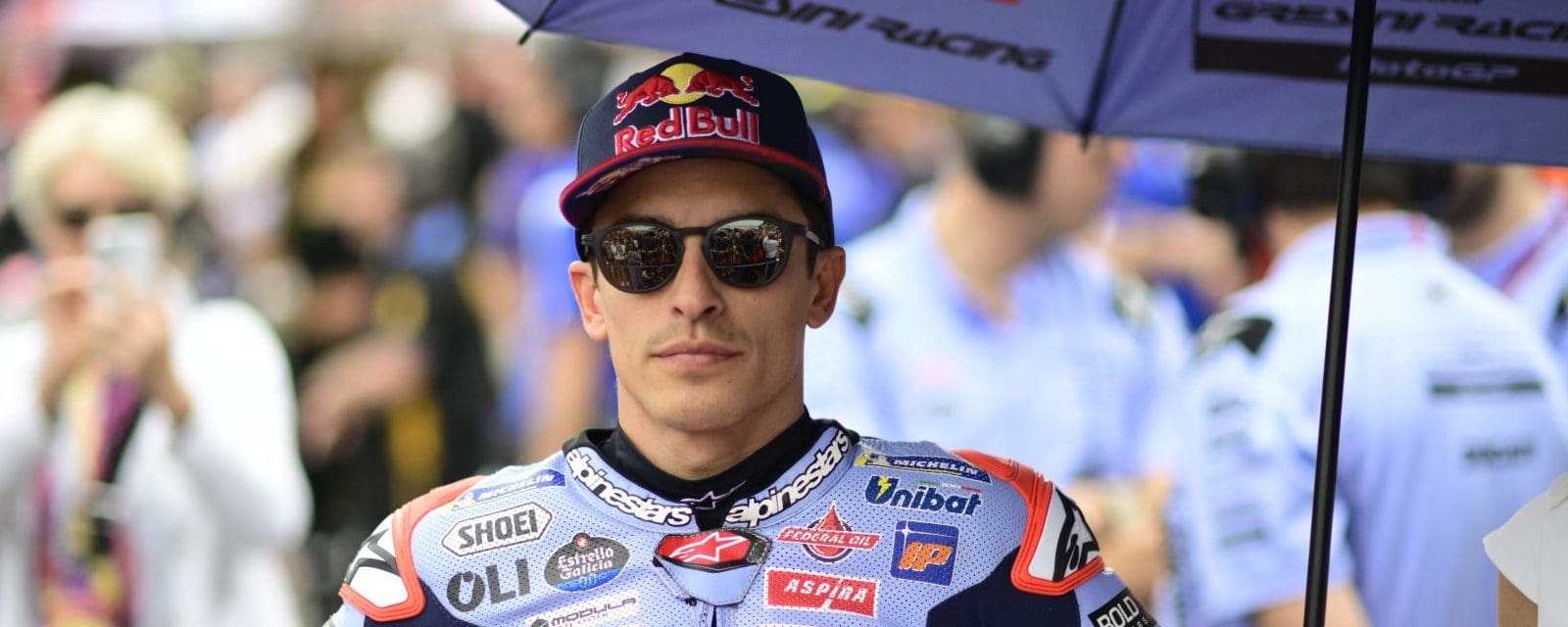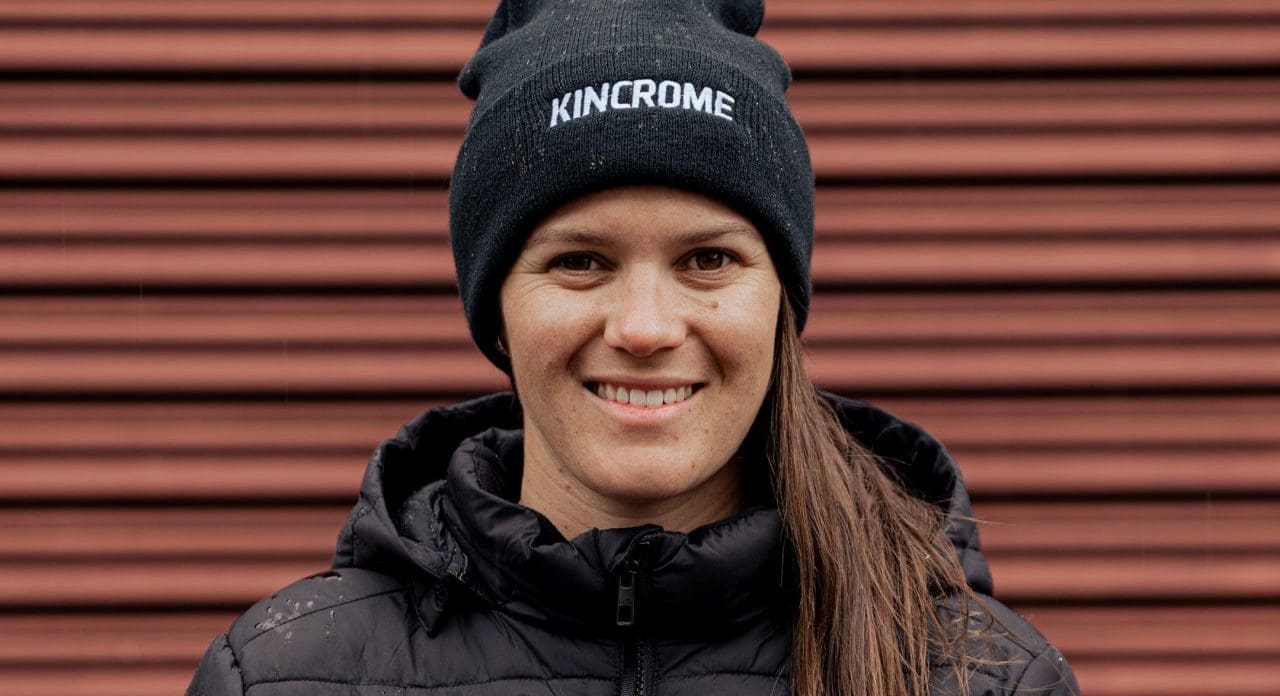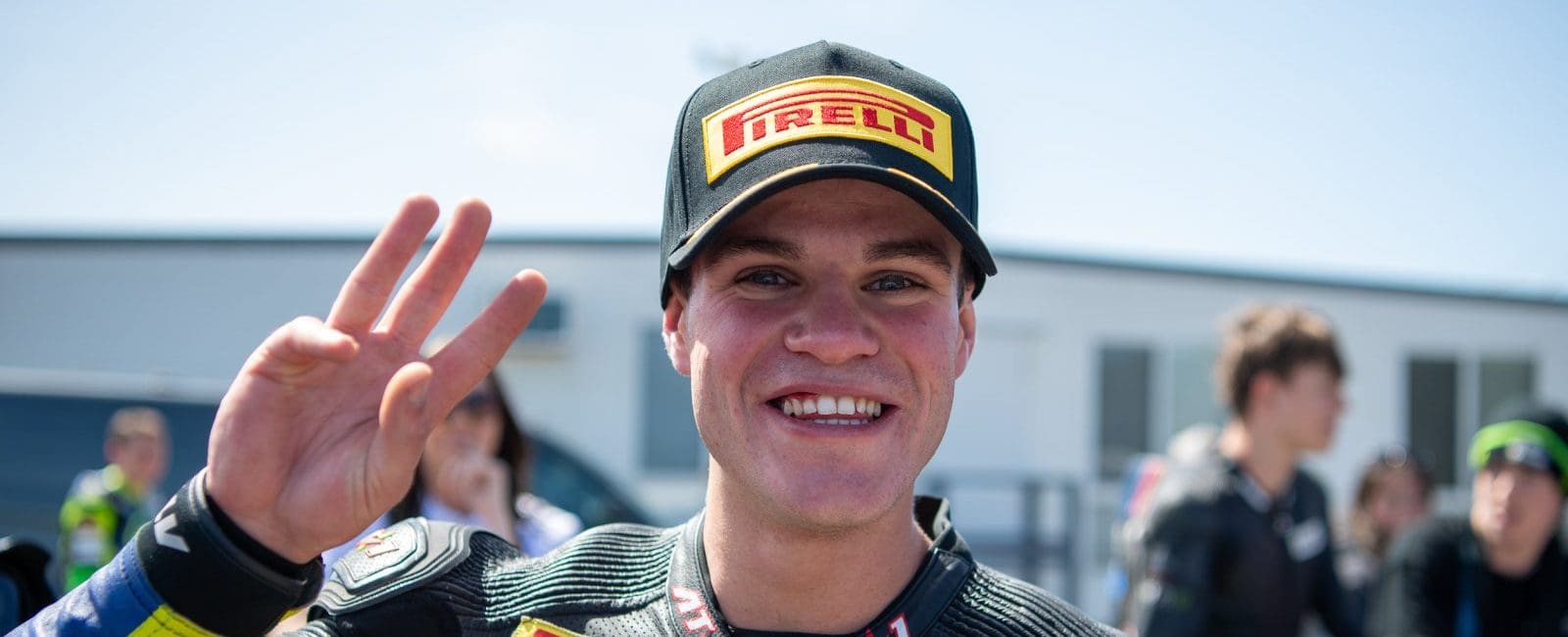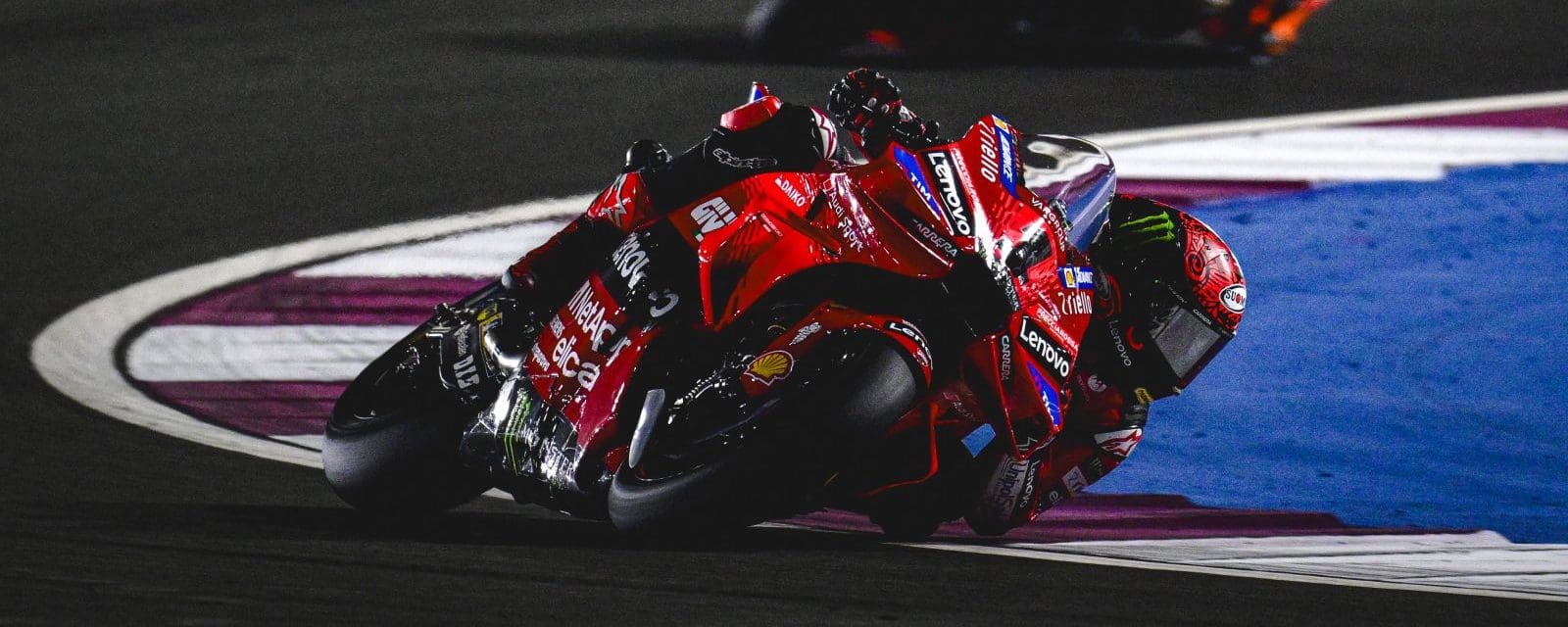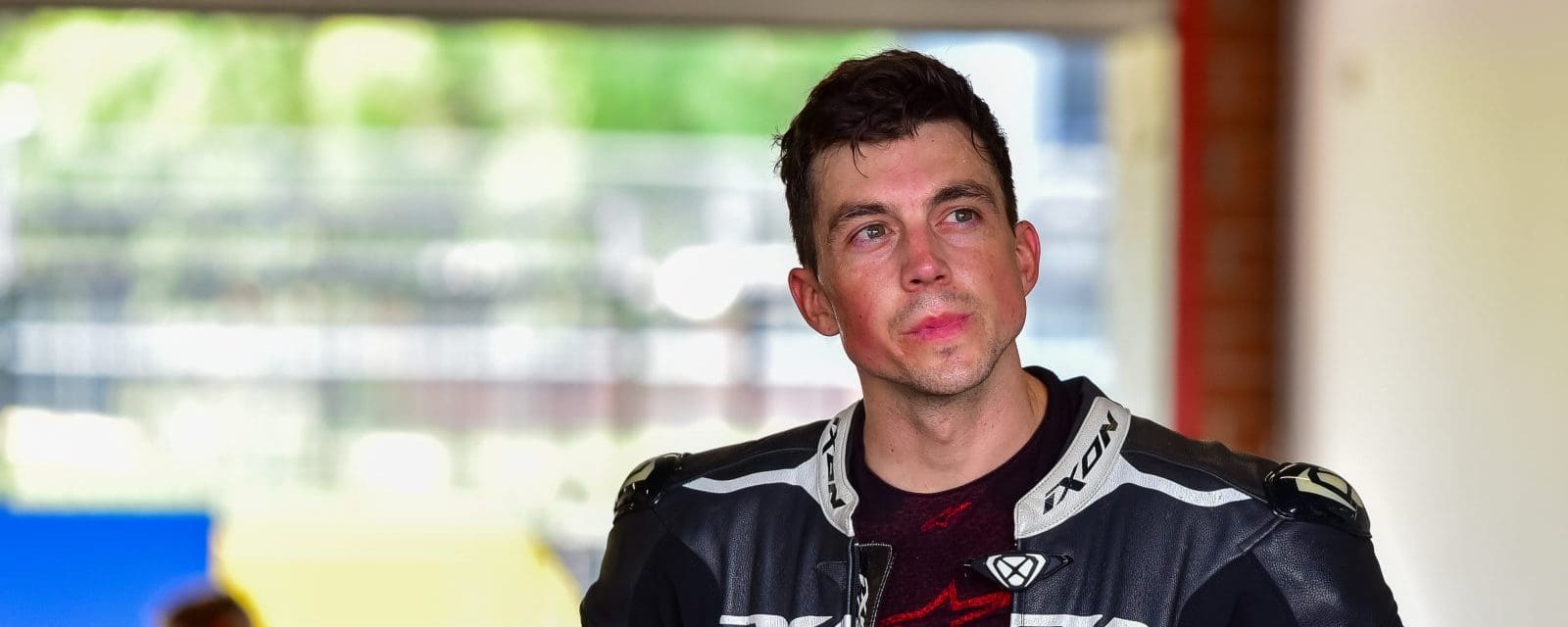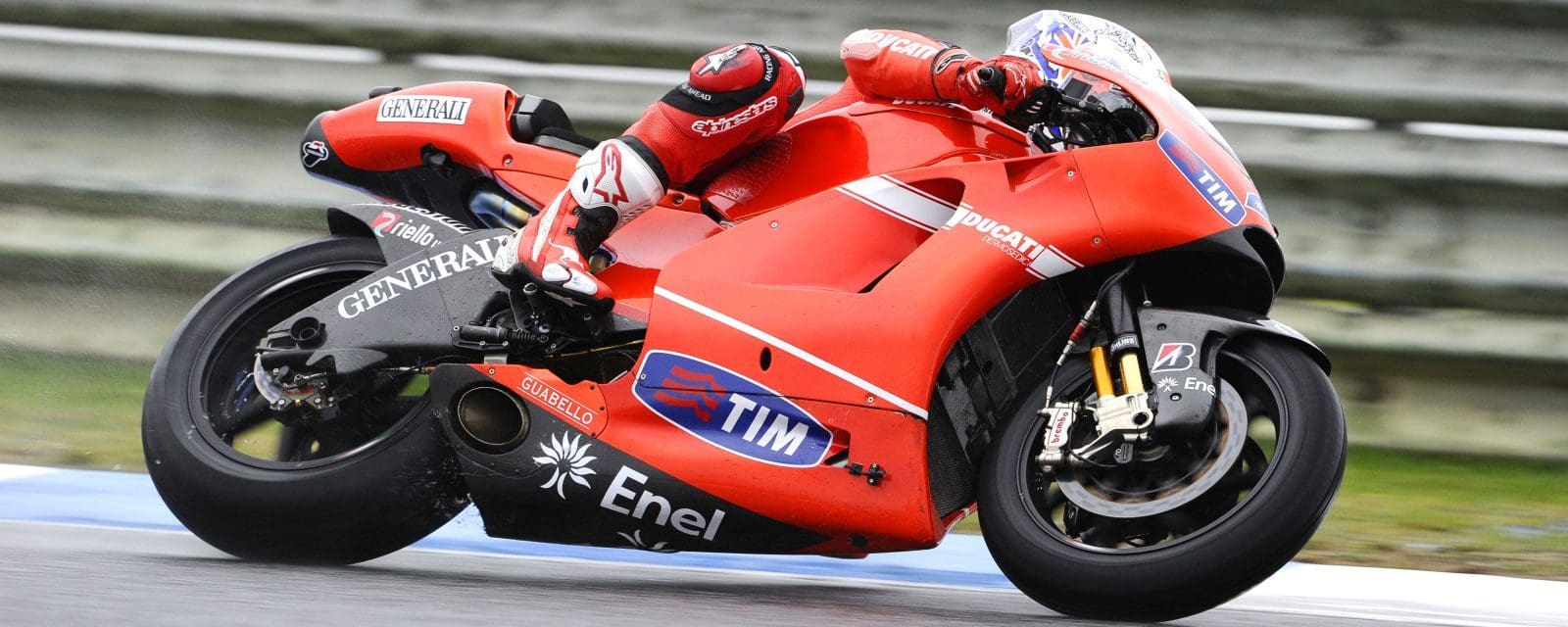You’ve just completed two rounds of a world championship on a bike you’d never seen before with a rider who’d never ridden in the class, how did it go?
We didn’t have very high expectations. It was really good for Tom to get some experience at this level, but the bike wasn’t as good as we could get it. As things worked out, we didn’t have enough time in the dry
to set it up.
It was a bit daunting with all the media as well. You do get a bit nervous when all the cameras are on you, but that first-timers thing is gone now for all of us. At Phillip Island we were around people who we’d only ever seen on TV. They’re fighting for a championship and you don’t want to get in their way. Next time we’ll all be much more relaxed, but Tom still finished 22nd, so that was okay.
How did the team handle the challenge?
It was made up of the Cube Racing guys – Ben Henry, Sam and Simon Toon, Richard Toparis [Tom’s dad] and myself. We didn’t see the bike until we got to Motegi, so it was a learning curve from day one. All the special tools to take the suspension apart, the slipper clutch, engine mapping … it was a steep learning curve. Ben learnt a lot, we had the control ECU and that wouldn’t run until we got to Motegi with the special dongle, so we couldn’t adjust any engine maps until we got to the circuit.
At any stage did you think you might have bitten off more than you could chew?
It’s probably a bit of an Aussie thing to take on something like this. We have the battler spirit, the ‘she’ll be right’ attitude. We knew it would be a massive challenge, Tommy not riding Moto3 before, not seeing the bike before the race, but we all just wanted to have a go. We didn’t have a lot of the special tools to make adjustments, plus the other teams know every nut and bolt on their bikes, so we were up against it for sure. But when I put the idea to the guys everyone was so enthusiastic. No one was scared to fail.
Just qualifying is tough at this level – how do you think Tom went?
It’s so hard to say because the bike is completely different to what he’s used to. It wasn’t behaving as it should – it was dancing all over the track – so it was a credit to him. He battled on and got faster all the time, and would have learnt a lot. There was lots of good advice from people like Troy Bayliss and Jack Miller. And Tom didn’t give up, he just dug in. He’s a battler and fighter. I really admired his character especially after the crashes.
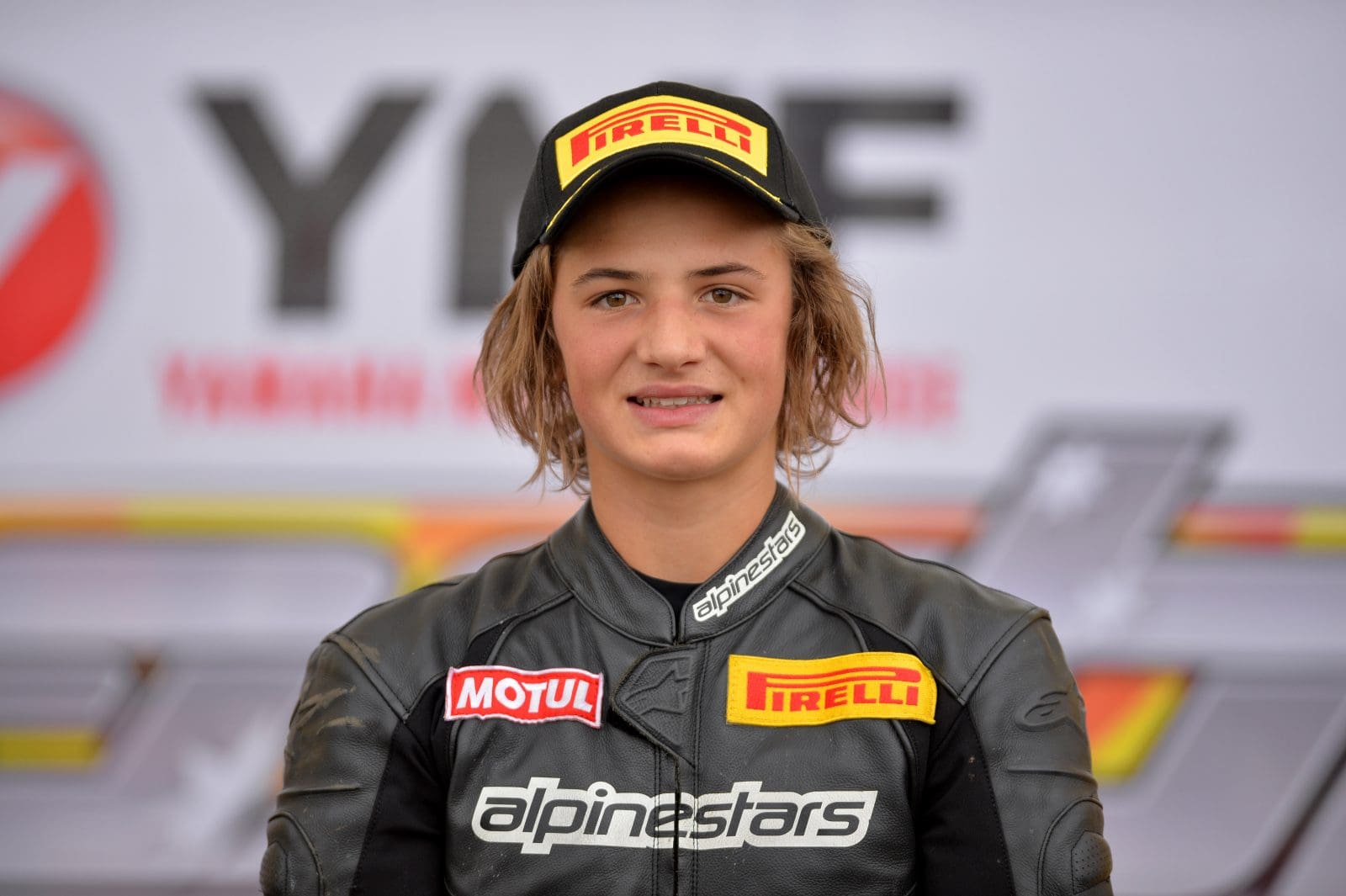
What was the biggest challenge?
Learning the bike. We needed to learn all the settings…traction control, launch control, engine mappings. We could have delivered a much better package for Tom and instead it was a bronco underneath him compared to what he’s used to.
Plus at this level of racing everything is so finely tuned and balanced, the inputs from the rider need to be very precise – so that was a learning curve for Tommy as well.
If there was one thing you could change in hindsight, what would it be?
I wasn’t aware of the range of spares that would be required. Springs for suspension for example. Because it’s a GP bike, you can’t just go buy any spring off the shelf, they have to be shipped from KTM in Austria, so availability isn’t as easy. If we’d had more of those types of parts, we could have experimented with set-up. That would have helped.
I did consider Moto2, and Kiefer Racing did have one for sale, but I was told if you crash one of those it’s really costly. The purchase price is pretty much double that of Moto3.
Would you try a MotoGP wildcard again?
Definitely, I’d love to try it again. Now we have that experience and everything isn’t so much of a mystery. Even getting to know people in the pits, we had a lot of assistance from everyone. They were very welcoming and encouraging. Definitely, if we can do it next year we will have a go.

Interview Matt O’Connell
